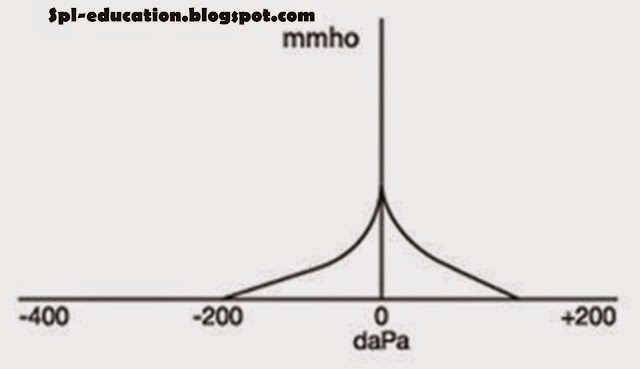Showing posts from May, 2015Show All
SYED IRFAN ABID BUKHARI
22:32
SYED IRFAN ABID BUKHARI 03336366260 spl-education.blogspot.com Guide to Ty…
Popular Posts
Most Recent
3/recent/post-list
Random Posts
3/random/post-list
Most Popular

CURRICULUM SOLVED MCQ'S
09:30
.jpeg)
ALL ABOUT SYNDROME
11:12



Social